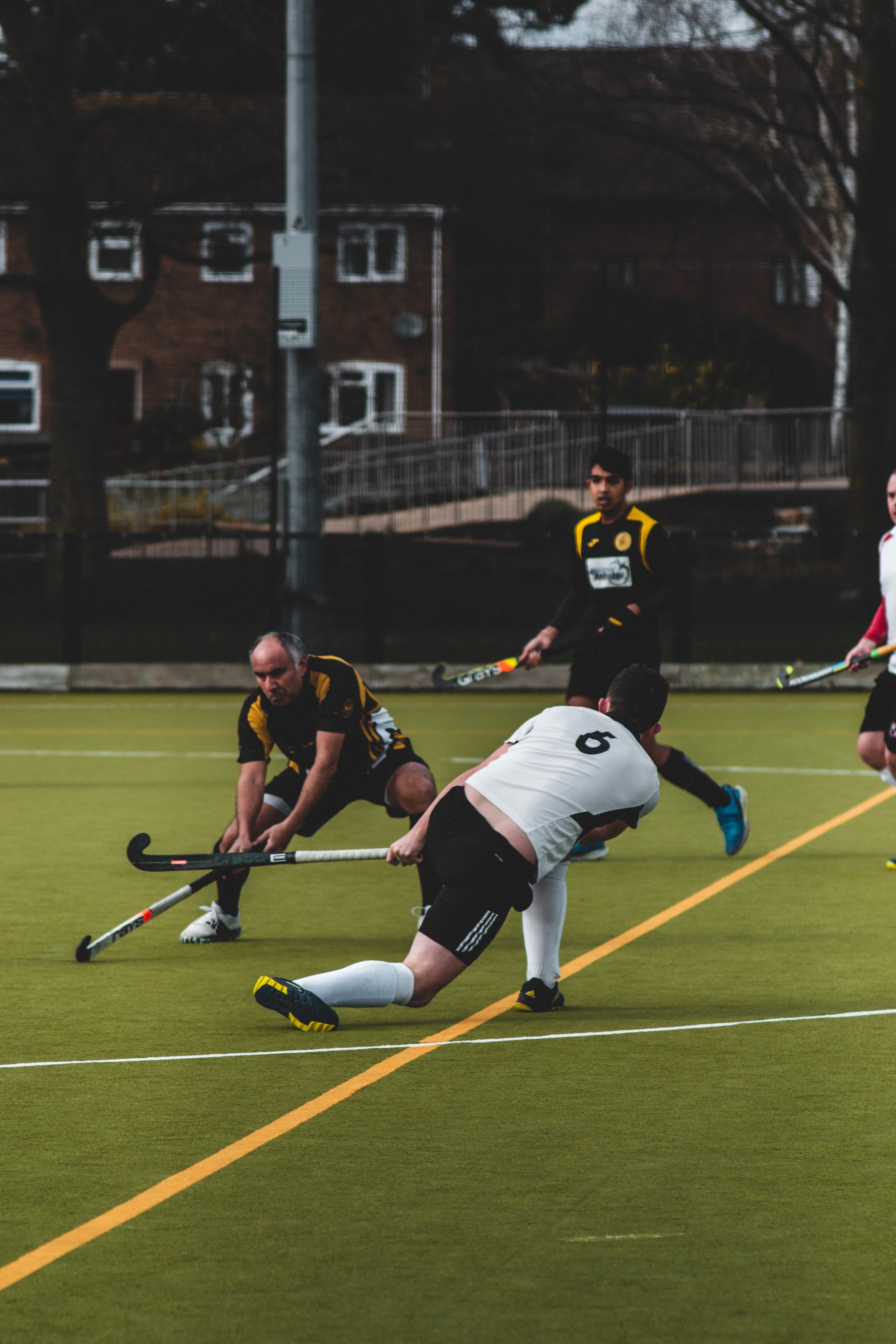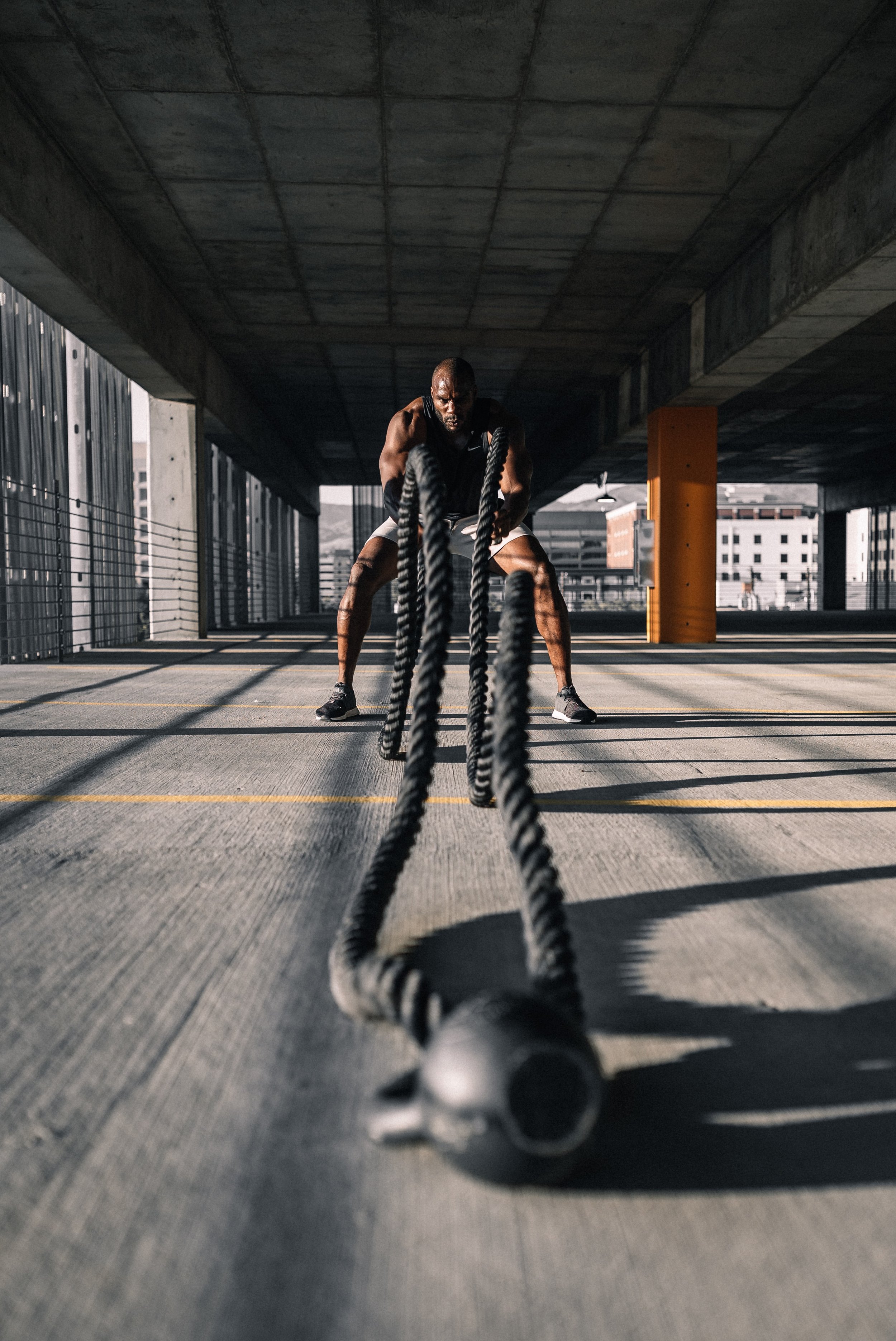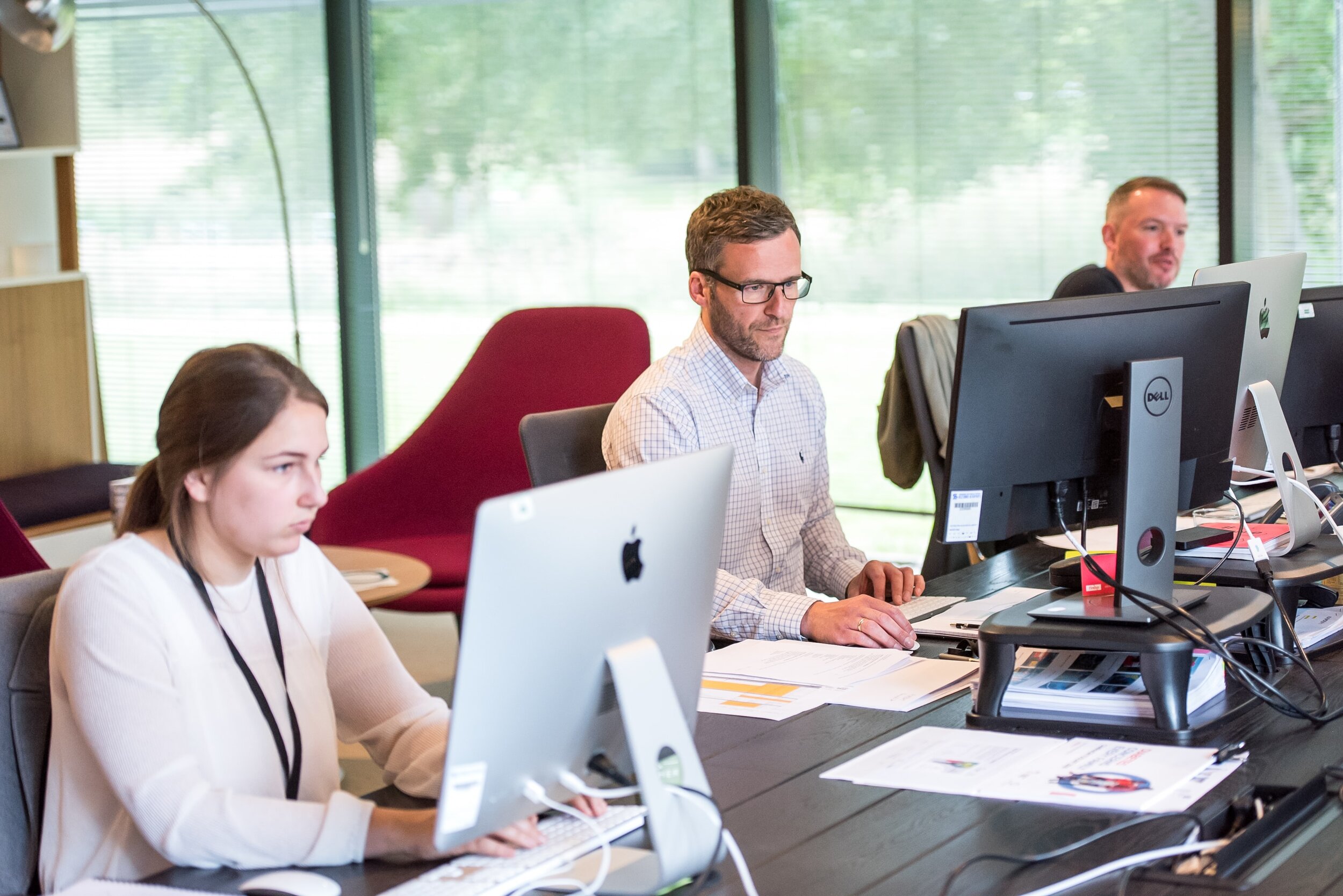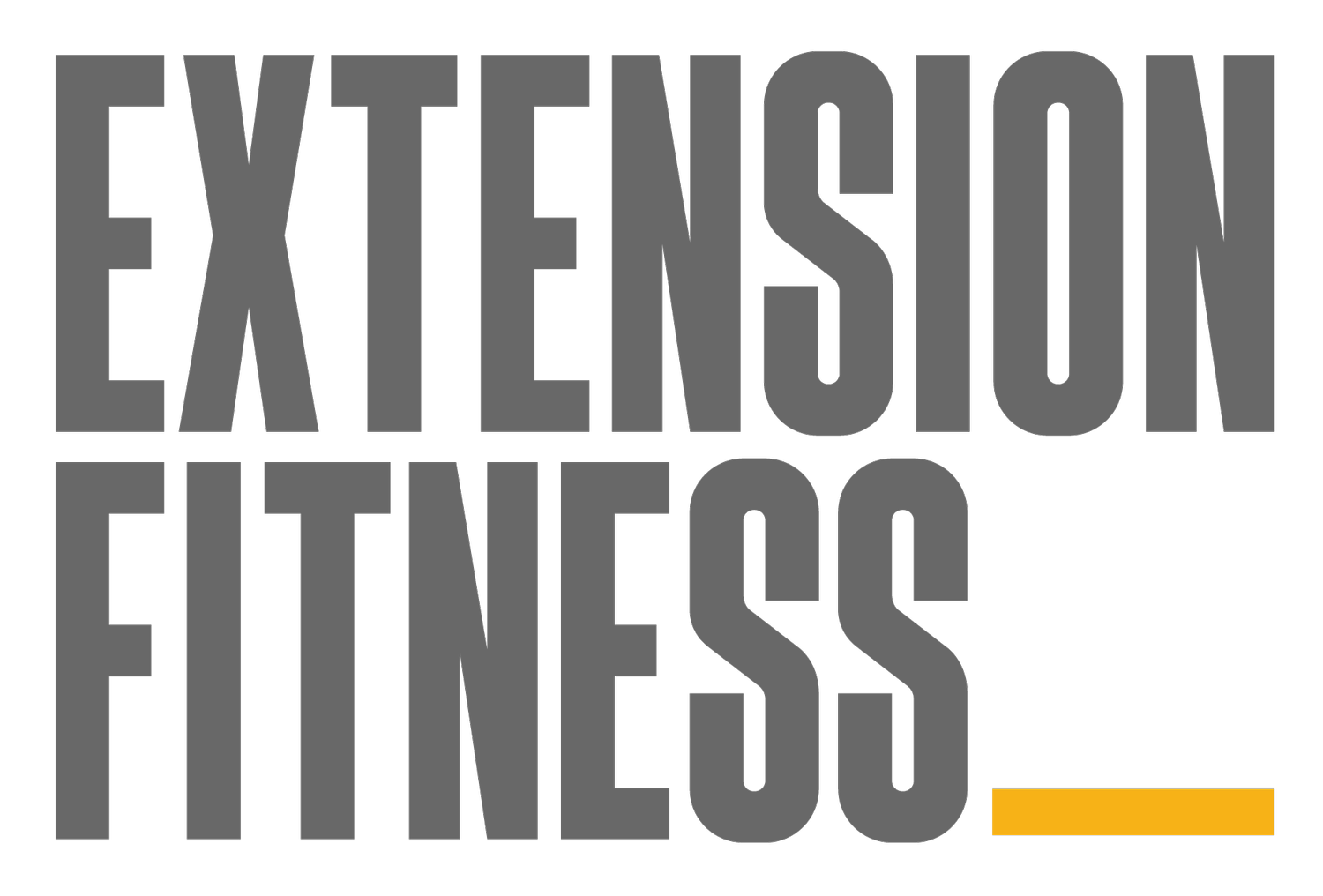
Using Strength Training To Combat Obesity
You may have seen the recommendation that you build muscle as a top priority to fight against obesity.
That's sound advice I heartily endorse.
Engaging in strength training, and building up skeletal muscle really does work for fat loss. Having more muscle raises your metabolic rate (you burn more energy).
Being stronger makes exercise easier, which means you may do it more.
Gaining strength makes everyday movement feel easier and better, so there's a fair chance your incidental activity will increase.
But there's other, more subtle, reason to focus on strength training when you're trying to lose a lot of weight - ESPECIALLY for those people who are totally new to regular, consistent exercise...

Exercise For Older Adults - How To Get It Done (With A Focus On Strength Training)
Ok, we've set the scene and laid out some general principles.
Now, let's dive in to the nitty gritty about how to engage in strength training and improve your cardiorespiratory (heart and lungs) fitness.

Exercise For Older Adults: General Principles
If you’re an older adult, and you want to start exercising - especially strength training - this article is required reading!
I've deliberately chosen that topic (as opposed to just "exercise") because strength training is more complicated and technical than straight fitness training, and people feel the need for more professional help getting started.
There's more potential for injury, and people are confused about various things (How heavy? How often? Which exercises? etcetera).
In this blog post, I'll step out exercise principles which generally apply to both fitness and strength work but with particular attention to strength training in a gym context.

Muscles, Strength & Aging - How Aging Affects Your Muscles, Nerves , Bones and Movement
Unless you've been living under a rock, you've seen articles in the media about the importance of strength training for older adults.
This year, I've fielded a number of enquiries from men and woman aged 60 and above who’ve been prodded into action through the media, or by popular podcasters like Peter Attia (author of the bestselling book, Outlive) and Andrew Huberman.
What's with that? Why does the media - and these podcasters - want you to lift weights all of a sudden?

Hypertrophy For Dadbods: Muscle Gain For Middle-Aged Men
“How do I pack on more muscle? “
So goes the primal yearning of middle-aged Dadbods across the ages.
Verily, I hereby bequeath to thee the secret knowledge. (Translation: In this article, I'll tell you how to do it. )

Unleash The Beast! My Top Ten Beast Mode Exercises
The best beast mode experience will have you moving in a way that's intuitive and somewhat low-skill, where you can focus on massive effort. You need to lose yourself in the struggle and not be all up in your head. Exercises that mimic the sort of thing a neanderthal would do work nicely (running, hitting stuff, throwing stuff - you get the picture).


Dear Peter: Resistance Training Movement Pattern Compendium
A client of mine is in the process of becoming self-sufficient and self-directed in his resistance training. This is a great place to be! I try to help clients through this process so they can exit personal training / strength coaching with the skills necessary to do smart and consistent strength development under their own steam. In a way, a block of coaching sessions is a learning experience, and you come out the end of it with knowledge - in addition to improved strength and fitness.

Using Reps In Reserve (RIR) in Resistance Training
When you’re doing resistance training, you need to have some idea about how heavy, difficult or intense the applied resistance should be. How much weight? How hard should it feel?
In setting weight or resistance, you can either use an objective system or a subjective system.


Hip Hinge-ing and Kettlebell Swing-ing
I think it is great for everyone to learn “hip hinge-ing”. This is where you learn to separate out flexion/extension (bending/straightening) of the spine from flexion/extension of the hip.

Why Hire a Coach/Personal Trainer?
I’ll admit that when I started my education to be certified as a coach/PT, I didn’t have any experience as a one-to-one PT client. And I could not imagine paying for one if I had the money. “It’s a lot of money to hire a PT!” - I thought. “Why would I ever do that?” - I asked. Well, it is a lot of money - relatively speaking. Why would you do it? Why would an ordinary person spend their dosh on paying for a coach?

Resistance Training. How?
In my last post, I made the case for why the ordinary person should be interested in doing resistance training. I think the argument is compelling. But then, most people would probably agree. Agreement isn’t the issue - getting the training done is the issue! Heaving and crowbarring the stars into something resembling alignment is not easy.

Resistance Training. Why?
I’m 43 now, so I grew up with the idea that lifting weights was for a certain person looking for a certain outcome. That person was some derivative of Arnold Schwarzenegger and the desired outcome was a physique that used to be described as “a condom full of walnuts”. I’ll let you fill in the graphics on that and spare you the ghastly stock image of a tooth whitened, spray tanned, over-bronzed, thin skinned bodybuilder.
Now, I realise that lifting weights (henceforth known as resistance training) is not a matter of vanity, but of health - and that it is not for a unique (and somewhat deranged) group like bodybuilders, but in fact for most people - young and old.


Foundational Fitness For Office Workers
Foundational fitness is the physical capacity and the mental wherewithal to do the physically demanding things in life, and to get them done comfortably. Not easily, but comfortably.

How To Start Running When You’re Unfit
Many are drawn to the simplicity and efficiency of running. It’s accessible, simple and – for those looking to lose weight – energy intensive. You burn a lot of calories when you run.
On the flip side, it can be uncomfortable and even painful. But it need not be so.
